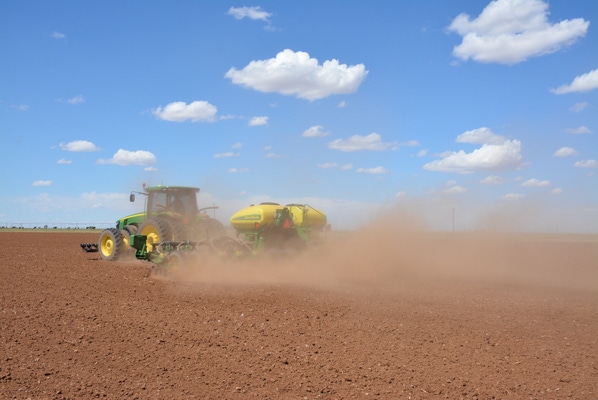
Cotton prices took a tumble in early May, but not for the reason I had expected.
On Sunday, May 5, President Trump tweeted about how U.S. tariffs on Chinese imports would be raised the following Friday, May 10. The anticipation and realization of this policy action ratcheted up trade tension which was associated with a week of declines in stock and certain commodity markets.
The apparent response from ICE cotton futures was to tumble down out of what had been a longstanding 73-78 cent trading range. The July19 contract settled over ten cents lower from the May 3 settlement to that on May 13. New crop December 19 similarly declined over eight cents. That’s the bad outcome.
Besides taking away meaningful marketing opportunities, this outcome is bad because we didn’t see it coming nor do we know when it will end. The uncertainty of it seems worse than the fundamental influence.
I had previously been worrying about a weakening in prices, but not from the events of May 5 to May 10. I had been concerned about the regularly scheduled USDA supply and demand numbers. USDA’s May World Agricultural Supply and Demand Estimates (WASDE) is a historically influential report. It represents USDA’s first comprehensive publication of new crop cotton forecasts for the U.S. and the world.
Sometimes, like in 2014, USDA’s publication of bearish new crop numbers in May can be a major negative influence on the futures market. The bottom line of the 2019 May WASDE was mixed, reflecting greater U.S. and world production, a small decrease in world ending stocks (mostly from Chinese de-stocking), and a large increase in U.S. ending stocks.
In addition, the month-over-month old crop adjustments were small, which is typical for this time of the year. U.S. production was reduced slightly, while U.S. exports were cut 250,000 bales. World old crop adjustments netted out to little changed. There wasn’t much here to justify a major price decline, but the tariff malaise was already in motion.
Hopefully the trade dispute will get worked out – the sooner, the better. When it does, the relief of uncertainty may give rise to a rally, especially if the announcement of the resolution comes as a surprise, like a tweet on a Sunday afternoon.
Probably, the new crop fundamentals reflected in the May WASDE will become independently influential on the market. When that happens, I wouldn’t be surprised by an erosion of prices down through the 60-cent range. This downtrend could be marked by such milestones as a larger than expected June 30 Planted Acreage report, or large production and ending stocks forecasts in August and September.
For the sake of having an opportunity to sell a big crop, I hope that the trade resolution possibility happens earlier than a big-crop-getting-bigger possibility.
For additional thoughts on these and other cotton marketing topics, please visit my weekly on-line newsletter at http://agrilife.org/cottonmarketing/.
About the Author(s)
You May Also Like




